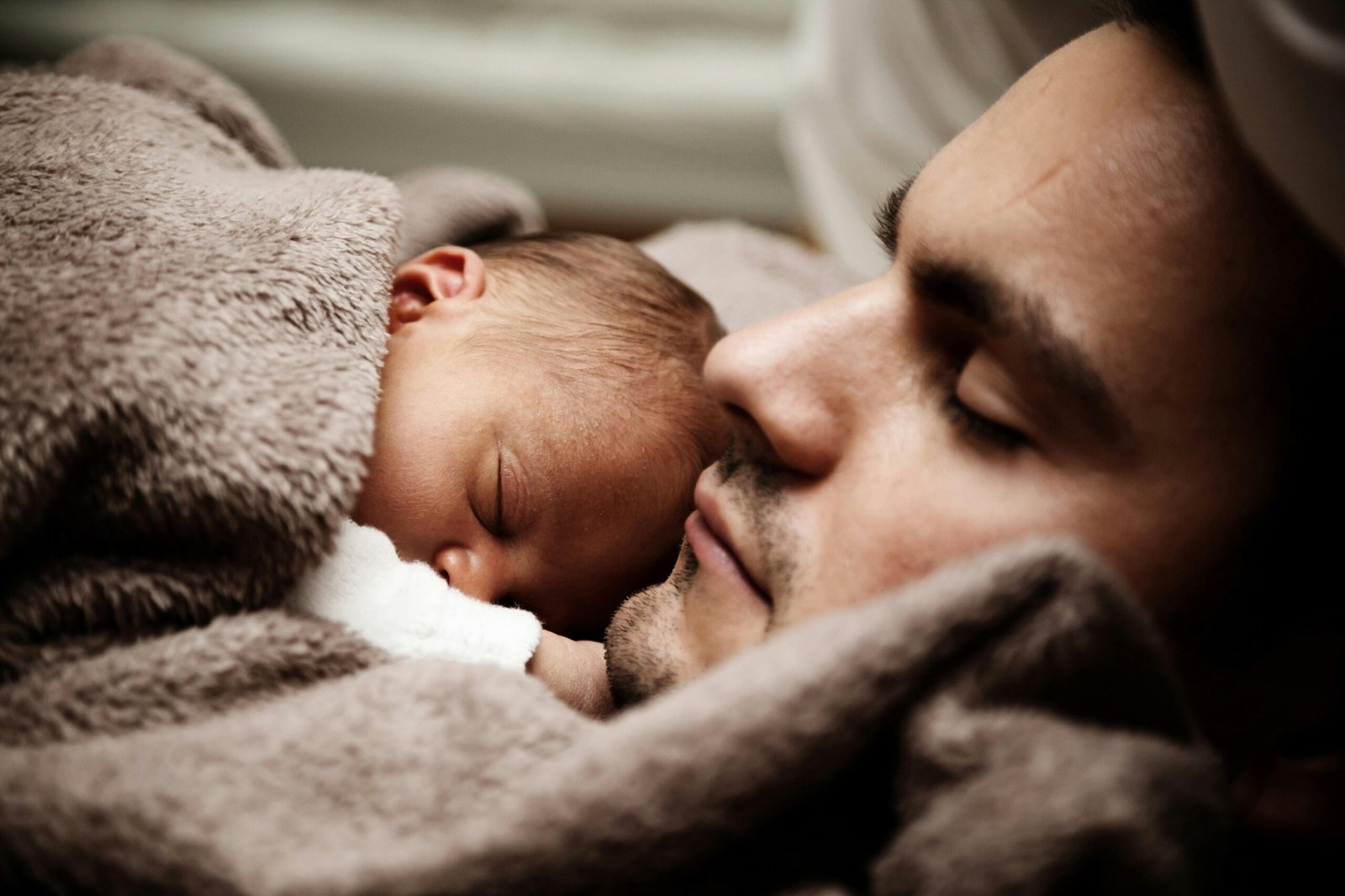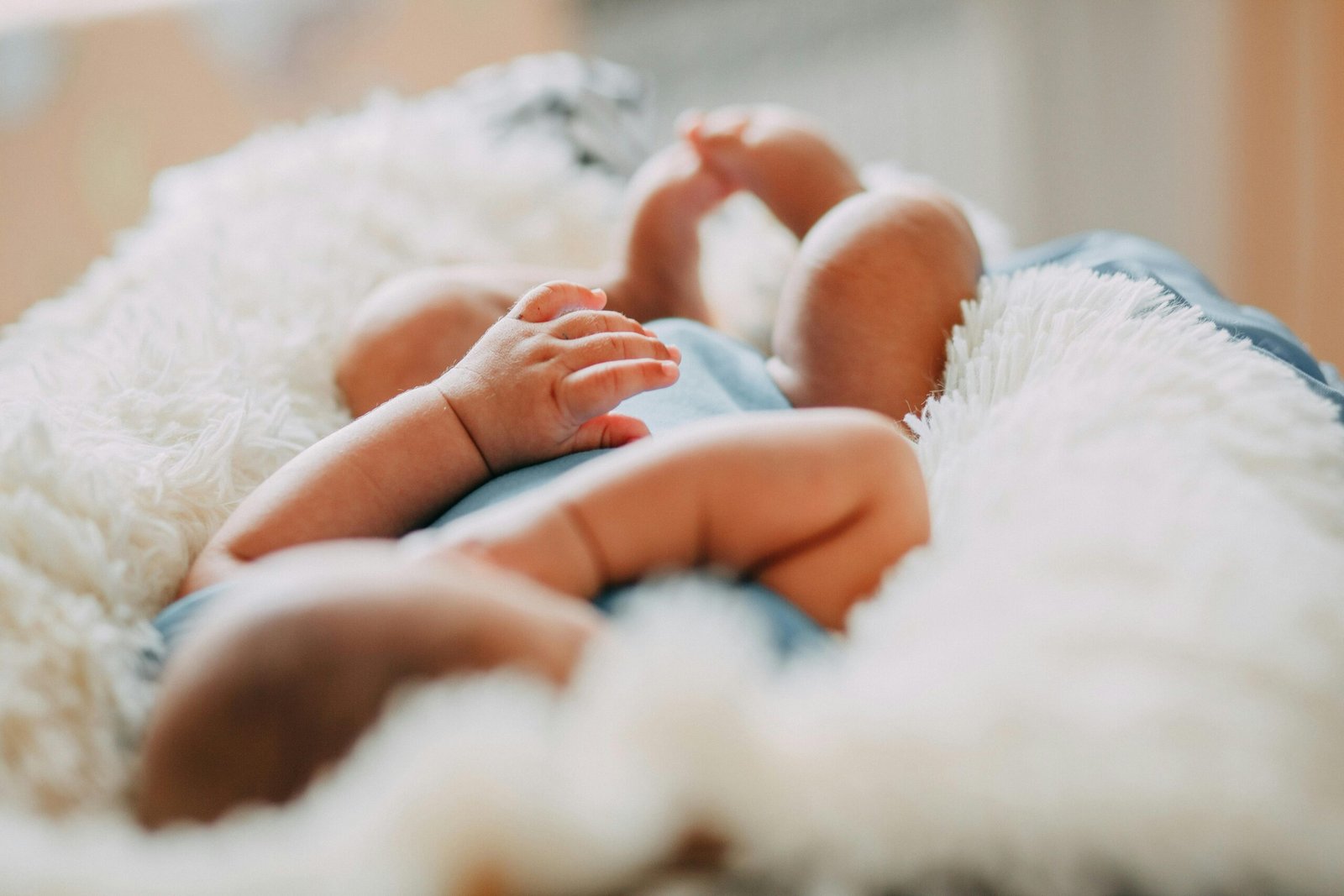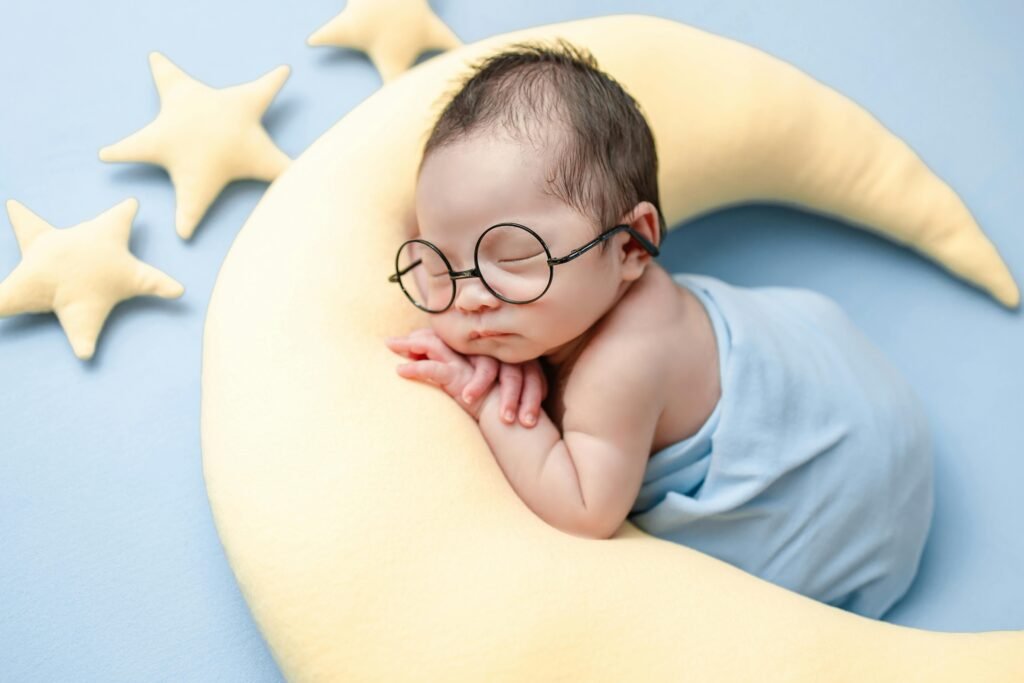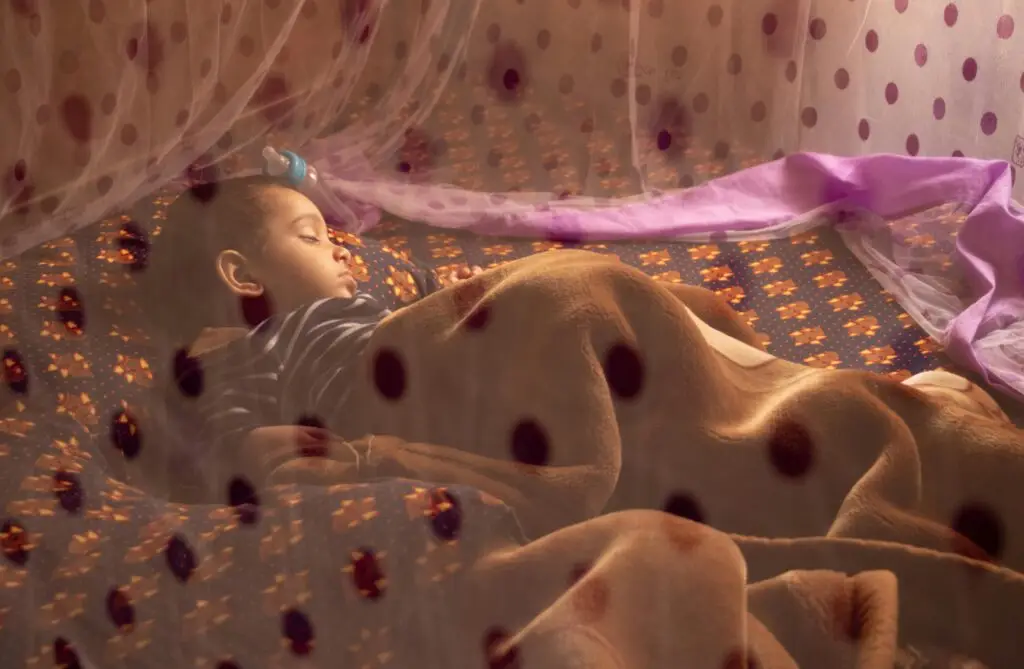Bringing your newborn home is one of the most beautiful moments in life, but it also comes with a fair share of anxiety—especially when it comes to safe sleep practices. Many new mothers spend countless hours fretting over the right infant crib, whether their baby can sleep safely with a bed cover, or if a sleep sack might be the answer. This blog post aims to arm moms with essential crib safety knowledge to help put those worries to rest and promote peaceful nights for both you and your little one.
Understanding the Importance of Crib Safety
Crib safety is a critical concern for new moms, and understanding its significance is the first step toward ensuring your baby’s well-being. Every year, numerous infant sleep-related accidents occur, often due to unsafe sleeping environments. A secure crib can significantly reduce these risks and offer peace of mind.
Parents should familiarize themselves with current safety standards and best practices when setting up a newborn crib. These guidelines have been developed based on extensive research and are designed to minimize hazards. The aim is to create a sleep environment that lowers the risk of Sudden Infant Death Syndrome (SIDS) and other sleep-related incidents.
In addition to physical safety, a well-prepared crib can also contribute to better sleep quality for your baby. Knowing that your little one is cozy and secure can help you relax and drift into a much-needed slumber, confident that your child is resting safely.
Choosing the Right Infant Crib
Selecting the appropriate infant crib is a pivotal decision for newborn safety. With so many options on the market, it can be overwhelming. However, focusing on key features can help you make an informed choice that ensures your baby’s comfort and security.
When shopping for a crib, look for one that meets the latest safety standards. It should have sturdy slats, a firm mattress, and no drop sides. These features are crucial in preventing accidents and ensuring structural stability. Opting for a crib that has been certified by reputable safety organizations can provide additional reassurance.
The size of the crib also matters. Ensure there’s enough room for your baby to move comfortably but avoid excessive space where they could wriggle into unsafe positions. Remember, the crib’s primary function is to provide a designated, secure space for your baby to sleep safely.

Setting Up a Sleep-Safe Bed Environment
Creating a sleep-safe bed environment involves more than just the crib itself. It’s about arranging a space that eliminates potential dangers and enhances your baby’s sleep quality. A minimalist approach is often best.
Begin by ensuring the crib is free from unnecessary items like pillows, plush toys, or excessive bedding. These can pose suffocation risks. Instead, dress your baby in a suitable sleep sack that provides warmth without the need for blankets. Sleep sacks are a great way to keep your baby snug while reducing the risk associated with loose bedding.
Regularly check the crib for any signs of wear or damage. Make sure all screws and bolts are tightly secured and replace any worn-out parts promptly. Regular maintenance of the crib helps ensure your baby’s sleeping environment remains a haven of safety.
Can Baby Sleep in Crib with Bed Cover?
Many moms wonder if a baby can sleep safely in a crib with a bed cover. While it might seem like a good idea on chilly nights, it is generally advised against due to the risk of suffocation or entrapment.
Instead of using bed covers, consider dressing your baby in a warm, breathable sleep sack. These are designed to provide the necessary warmth without the hazards associated with loose blankets. If you’re concerned about warmth, ensure the nursery is heated adequately to maintain a comfortable temperature.
For those worried about temperature changes during the night, there are sleep sacks available with varying levels of insulation. These allow you to adjust your baby’s attire according to the season without compromising safety.
Benefits of a Baby Sleep Sack
A sleep sack baby is a gentle yet effective way to ensure your infant stays warm and safe throughout the night. Sleep sacks eliminate the need for blankets, which can become dangerous if they cover your baby’s face.
Sleep sacks are designed to fit snugly, providing comfort and warmth without restricting your baby’s movements. They come in different materials and thicknesses, allowing you to choose what best suits your baby’s needs and room temperature. This adaptability makes them a versatile choice for parents.
Additionally, sleep sacks can become part of a bedtime routine, signaling to your baby that it’s time for sleep. Establishing such cues can help develop healthy sleep habits, leading to more restful nights for both you and your baby.
Understanding the Safe Sleep 7 Principles
The Safe Sleep 7 principles are guidelines designed to ensure infants sleep safely. These principles focus on creating a secure sleeping environment and establishing habits that reduce risks.
One of the central tenets of Safe Sleep 7 is placing your baby on their back to sleep. This position is widely recommended as it reduces the risk of SIDS. It’s important to adhere to this approach consistently, especially in the first year of your baby’s life.
Another principle emphasizes the importance of a firm, flat mattress. Soft surfaces can increase the risk of suffocation, so it’s vital to ensure the crib mattress is appropriately firm. Additionally, keeping the crib’s sleep area clear of toys and excess bedding falls within these safety guidelines.
Selecting the Best Newborn Crib
Choosing a newborn crib involves more than personal preference; it requires careful consideration of safety and comfort aspects. Start by examining the crib’s construction. Is it stable and made from non-toxic materials? This is crucial as babies explore their world through touch and taste.
For moms who value sustainability, many cribs are now made from eco-friendly materials. While these may come at a higher price point, they offer peace of mind in terms of both safety and environmental impact.
Another important aspect is the crib’s adjustability. A crib with an adjustable mattress height can grow with your baby and provide long-term use. This feature ensures your baby’s crib remains a safe sleep environment as they transition from newborn to toddler.

Tips for Transitioning to a Crib
Transitioning your baby to a crib from a bassinet or co-sleeping can be a significant change. It’s important to approach this transition smoothly to ensure a stress-free experience for both you and your baby.
Start by introducing the crib during nap times. This can help your baby get used to the new sleep environment in smaller doses. Gradually extend the time spent in the crib as your baby becomes more comfortable with the surroundings.
Maintain a consistent bedtime routine to provide a sense of security. Familiar activities, such as a bedtime story or lullaby, can ease the transition process. Consistency is key in helping your baby associate the crib with a safe and peaceful place to sleep.
Maintaining Your Crib for Long-Term Use
Ensuring your crib remains safe and functional over time requires regular maintenance. Keep the crib clean by wiping down surfaces with non-toxic cleaners to remove dust and allergens, contributing to a healthier sleep environment.
Regularly inspect the crib for any loose parts or damage. Tighten screws and bolts as needed, and replace any components that show signs of wear. Addressing these issues promptly will prevent potential accidents and prolong the life of the crib.
If you plan to use the crib for future children, store it carefully when not in use. Proper storage will prevent damage and ensure the crib remains in excellent condition for years to come.
Creating a Safe and Calming Nursery Environment
Beyond the crib, the overall nursery environment plays a significant role in your baby’s sleep quality. Aim to create a calming space that encourages restful sleep.
Choose a soft, soothing color palette for the nursery. Colors like pastel blues, greens, or pinks can promote a tranquil atmosphere. Avoid bright, stimulating colors that might hinder relaxation.
Consider adding a white noise machine or a gentle nightlight to the nursery. These can help soothe your baby to sleep and create a comforting ambiance. Both elements are particularly useful during late-night feedings or diaper changes.
Conclusion
Crib safety is not just about purchasing the right product; it’s about creating a secure and nurturing environment for your baby. By understanding and implementing these safety measures, new moms can ensure peaceful nights and sweet dreams for their little ones.
Remember, a safe sleep environment is crucial for your baby’s health and your peace of mind. By following these steps and guidelines, you’ll be well on your way to becoming a confident, well-rested mom. For more information or assistance, consider reaching out to pediatric experts or trusted online resources dedicated to infant safety.



